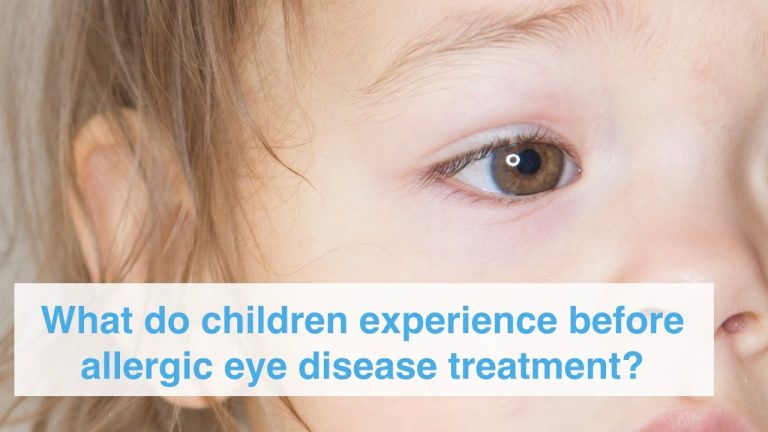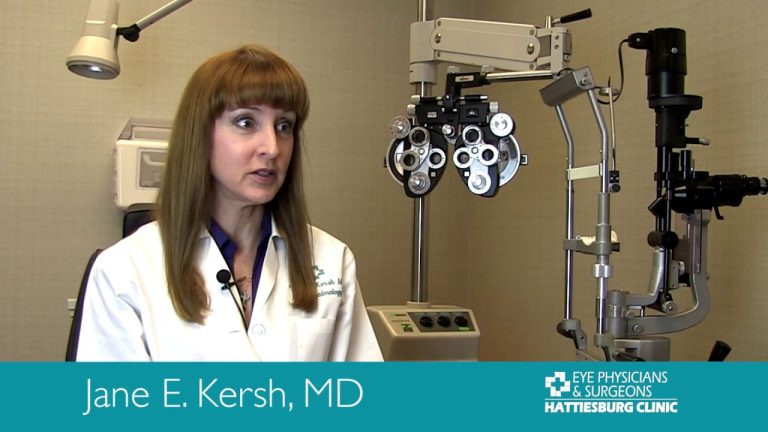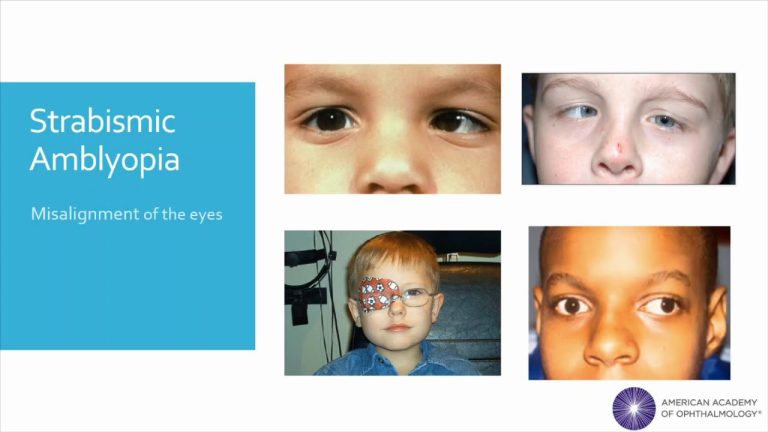Protect Your Child’s Eyesight with our Top-Ranked Eye Patches for Children
Eye patches are an essential tool for many children who suffer from amblyopia, also known as lazy eye. This condition can occur when one eye is weaker and not as used as often as the other, resulting in poor vision. In order to stimulate the weaker eye and encourage it to function correctly, eye patches are used to cover the stronger eye, forcing the weaker eye to work harder.
Eye patches for children are crucial for improving vision and eye health. When used as directed by an eye doctor, eye patches can make a significant difference in a child’s eye function and overall well-being. If your child has been diagnosed with amblyopia or another condition that requires an eye patch, it is important to follow your doctor’s recommendations and properly use the eye patch to ensure optimal results.
Types of Eye Patches
There are several types of eye patches available for children, each with its own benefits and drawbacks. Some of the most common types of eye patches include:
- Adhesive patches that stick directly to the skin
- Cloth patches that are worn with an elastic strap
- Decorative patches that can be fun for children to wear
Adhesive Patches
Adhesive patches are typically made of a soft material that adheres directly to the skin around the eye. These patches are easy to apply and are available in a variety of sizes to fit different children’s faces. However, some children may find the adhesive uncomfortable, and it can also cause skin irritation or sensitivity.
Cloth Patches
Cloth patches are often more comfortable to wear, as they do not stick directly to the skin. Instead, they are attached to an elastic strap that goes around the child’s head. Cloth patches are also reusable, making them a more eco-friendly option. However, they may not fit as well as adhesive patches, and the elastic strap can become uncomfortable over time.
Tips for Using Eye Patches
When using an eye patch on your child, it is important to follow your doctor’s instructions carefully. Here are some general tips for proper eye patch use:
- Start with short periods of patching and gradually increase the time as your child adjusts
- Encourage your child to wear the patch during enjoyable activities, such as coloring or watching TV
- Offer lots of positive reinforcement and praise for wearing the patch
- Clean the skin around the eye thoroughly before applying the patch
- Rotate the placement of the patch to prevent skin irritation or discomfort
If your child is having difficulty adjusting to wearing an eye patch, talk to your doctor. They may be able to recommend alternative treatments or ways to make the patch more comfortable for your child to wear.
Conclusion
Eye patches for children are an important tool for improving vision and promoting healthy eye function. Whether your child needs to wear an eye patch for a short period of time or on an ongoing basis, it is important to follow your doctor’s recommendations and properly use the patch to ensure the best possible results.
Most wanted in Hoya Vision:
Hoya Lens Engravings
What brand lenses does Costco use?
What does +0.25 mean on an eye test?
Do tinted glasses help with migraines?
Hoya Identification Chart
Should eyeglasses cover eyebrows?
What are prism eyeglass lenses?
Is gray or brown better for transition lenses?
Hoya Lens Vs Zeiss
What is the difference between Ray Ban RB and Rx?
















